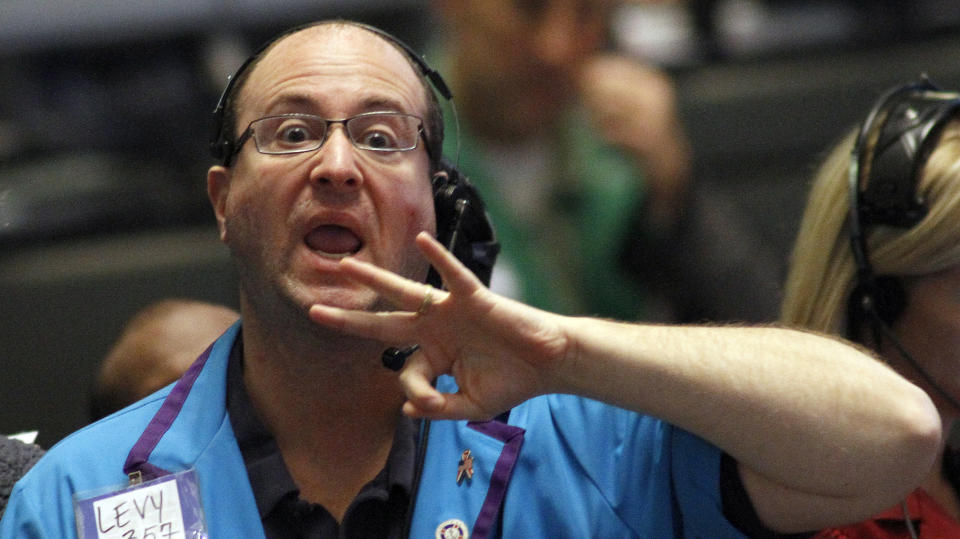Stock buyback activity 'likely tripled' during the market pullback
J.P. Morgan’s quant strategist Marko Kolanovic is eyeing a key silver lining in this past week of stock market volatility that few are talking about: stock buybacks.
“As ~85% of companies exited [the] blackout period, buyback activity has been increasing,” Kolanovic wrote in a note to clients Thursday.
Kolanovic also noted that in the three days after President Trump’s Aug. 1 tweet about imposing new tariffs on imports from China starting September 1, the S&P 500 intraday fell over 8% with investors losing $5 trillion in stock value globally.
“The majority of buyback activity is sensitive to stock price declines, and an 8% drop in the [S&P 500 (^GSPC)] has activated accelerated programs,” he wrote.
In Kolanovic’s estimation, average buybacks of roughly $3 billion daily “has likely tripled to nearly ~$10 billion of purchases per day.”
The volatility was exacerbated on Monday when China allowed its yuan currency to weaken past the psychologically important 7 level against the dollar (CNYUSD=X).

More broadly, Kolanovic sees the latest stock market pullback as a buying opportunity.
“We do think that after a short period of stabilization, markets will likely regain previous highs, and hence we see this sell-off as a medium-term buying opportunity,” he wrote. “The risk to this view is further uncontrolled escalation of trade tensions, which we see as a less likely scenario, given that we’re approaching an election year and a trade-war-induced recession would greatly reduce the probability of the president’s re-election.”
The S&P 500 is up roughly 16% so far this year.
More from Scott:
S&P 500 will plunge another 15% by the end of this year: strategist
Why China’s falling yuan could be good for U.S. stocks: strategist
Verizon Q2 profit beats estimates, boosted by wireless growth
Here is how corporate stock buybacks are changing the earnings picture
Gabrielle Rubenstein’s new private equity firm focuses on healthy foods
Follow Yahoo Finance on Twitter, Facebook, Instagram, Flipboard, LinkedIn, and reddit.

 Yahoo Finance
Yahoo Finance 